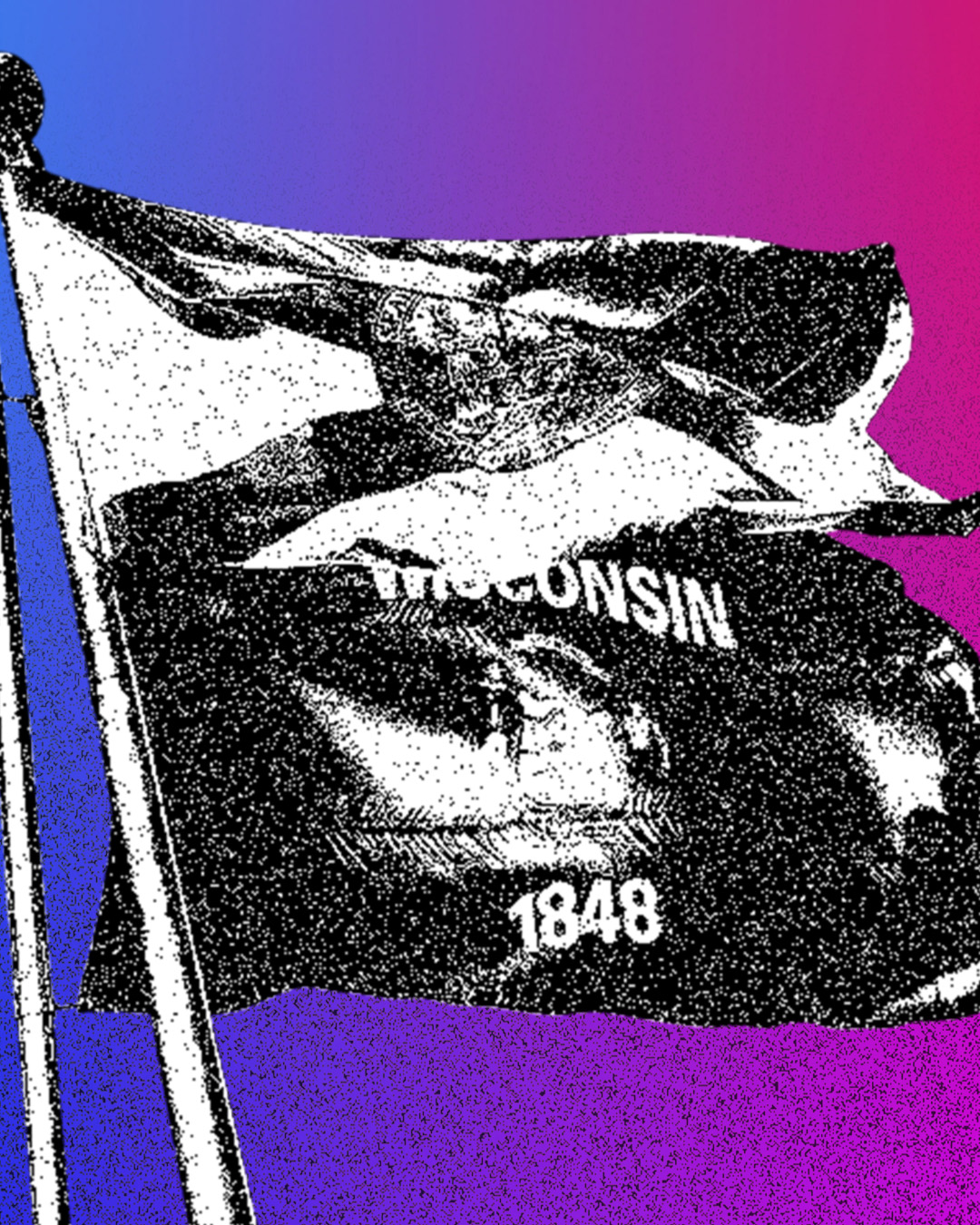Independent Voters Delivered the 2024 Election—Here’s Why It Mattered
The Big Picture
The 2024 election results are in: The Harris progressives lost, the Trump populists won, and the pragmatic independents delivered the victory. Now that the dust is settling, it’s time to examine why independent voters played such a decisive role in shaping the outcome.
While exit polling often dissects voting patterns by race, gender, and religion, this misses the bigger picture. Inflation and affordability impact all Americans, whether they are Latino, Black, or rural white voters. Trump’s campaign successfully capitalized on these economic concerns and effectively softened social issues to win a significant swing among independents.
Zooming In
1. Independents Are the Third Force in Politics
Election 2024 made one thing clear: The two-party system is being replaced by a three-party reality, where independents and Republicans are now the largest voting groups—and independents are still growing.
For years, political independents have been undercounted and marginalized. Yet, Gallup polling shows that since 2010, independents have been the largest segment of the electorate. This trend has held steady for more than a decade, with independents frequently polling in the 40% range and even reaching 51% of voters in June 2024.
Now, for the first time ever, independents have officially broken the two-party system’s duopoly. Edison Research exit polling from this election found that independents and Republicans were tied at 34% of the electorate, while Democrats trailed at 32%.
This realignment is largely powered by Millennials and Gen Z, the least partisan generations in history. As the two largest generations in America, their increasing political independence is shifting the entire landscape.

2. Independents Decide Elections
A second key takeaway from the 2024 election is that winning independent voters is now essential to winning the presidency.
This was true in 2016 when Trump won independents by 4%, and again in 2020 when Biden won them by 13%. The 2024 election followed the same pattern: Trump carried all nine key swing states en route to victory, and he won independents in seven or eight of those states, depending on the poll.
Looking at the national picture, Trump shifted independent voters from favoring Democrats by 13 points in 2020 to favoring Democrats by 5 points in 2024. An 8-point shift among independents was a game-changer, given the razor-thin margins in crucial states.

The 2024 election also confirmed that independents are a cohesive voting bloc on key issues. They may not align with a single party, but they move together in large numbers. This cohesion gives them electoral power unmatched by any other group.
3. Independents Need a Political Home
Independents are pragmatic centrists. They lean center-right on economic issues while balancing key social issues like abortion. Trump’s strategy was effective because he either avoided divisive wedge issues or adopted moderate stances—such as his pledge to veto a national abortion ban.
The result? An 11% independent voter swing toward Trump in states like Georgia, where affordability, inflation, and economic concerns mattered more to voters than cultural debates. Newsweek’s exit polling highlighted just how important these issues were in shaping the outcome.
For independents, abortion rights on state ballots may have offered a strategic advantage. By supporting ballot measures protecting reproductive rights while also voting for Trump, independent voters had it both ways—prioritizing economic stability without sacrificing key social issues.
The lesson? If Democrats or Republicans want to win in future elections, they must focus on the economic concerns of independents rather than culture war distractions. The 2024 election was ultimately a referendum on affordability, and independents voted accordingly.
Data Snapshot
- Independents are now tied with Republicans as the largest voting group
- Edison exit polling found independents and Republicans at 34%, with Democrats at 32%.
- Winning independents is essential for electoral success
- Trump swung independents from favoring Democrats by 13 points to favoring Republicans by 5 points (see chart above).
- Independent voters moved in a massive swing in 2024
- Trump won seven or eight of nine swing states by carrying independent voters.
- Georgia independents swung 11% toward Trump
- Newsweek exit polling showed economic concerns drove independent voter decisions.
- Abortion ballot measures allowed independents to balance economic and social concerns
- This may explain Trump’s success among moderates while abortion rights remained a winning issue.
Independent Lens
It took more than a decade, but the 2024 election finally solidified independents as the deciding force in American politics. Independents are no longer a fringe group—they are the group. By 2028, it is entirely possible that independents will surpass both major parties in size, completing a political realignment that has been building since Obama’s re-election.
This is why organizing independents into a powerful movement is essential. The Independent Center is committed to building the infrastructure needed to unite America’s growing political majority.
Join us and be heard.
Subscribe to our newsletter for more independent voter insights and analysis.





